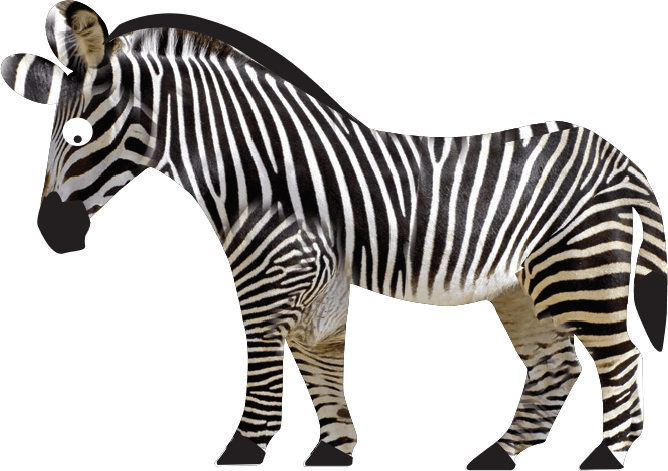Adopt an Okapi
Okapi
Our Standard Adoption scheme lasts for 1 year. It includes all this for just £50.00:
- A special Adoption Certificate.
- Stickers.
- A bookmark.
- A photo of a Okapi.
- One adult day ticket
- Animal fact sheet, so you’ll know all about the Okapi.
- Recognition on the adopter board at the Okapi enclosure.
Want to help even more? Choose Premium Adoption below!
We also have a group adoption scheme for just £55 which is perfect for schools & clubs – call us on 01962 777988 to find out more.
Select Adoption Type
